By Kristen Golden Testa, The Children’s Partnership, and Mike Odeh, Children Now
As a result of expedited enrollment strategies and incredible outreach during the open enrollment period, millions more Californians have enrolled in affordable health insurance – 1.4 million, including 80,000 children, have enrolled in the Covered California marketplace, and 1.9 million have newly enrolled in Medi-Cal (California’s Medicaid program). In fact, currently half (yes, half!) of all kids in California rely on Medi-Cal for their health coverage. So, the question is: Now that they have health coverage—does that mean they get timely health care?
Seriously. This isn’t an abstract, philosophical question. It’s often said that just having a health insurance card is not enough. To truly fulfill the promise of the Affordable Care Act, we must ask: Are Covered California and Medi-Cal enrollees actually able to get timely, quality health care with their insurance card?
Frustratingly, this is not such an easy question to answer. This blog sets out the hurdles California faces in answering the crucial questions about access. A second blog (Part ll) will look at access monitoring improvements underway and some resources available to help.
Here are some of challenges we face:
Problem 1: Measuring access to care is a tough nut to crack. Trying to operationalize access to care is not easy. What is timely care and how can we measure it?; What makes for an adequate provider network?; and What access standards and metrics best capture the experience of children and families? As Peter Lee, the Executive Director of Covered California, recently said: the question is it not just about “network adequacy” but about “network satisfaction,” meaning, consumers should have access to a regular doctor—their doctor, not just one who happens to be available when they need one.
Problem 2: Oversight by multiple California agencies with different powers and authorities makes enforcement difficult. To make matters even more complicated, the responsibility of monitoring and enforcing statutory and contractual requirements related to access to care can often span multiple agencies – in California that includes the Department of Managed Health Care (DMHC), the Department of Health Care Services (DHCS), the California Health Benefit Exchange board and Covered California staff, and the Department of Insurance. DHCS writes and enforces the contracts for Medi-Cal managed care plans and Covered California negotiates and enforces the contracts with the Qualified Health Plans in the marketplace, while DMHC enforces state law for all managed care plans. It can quickly become quite murky to find where the buck stops when care is not adequately accessible—the contract enforcer (DHCS and Covered California) or the regulator (DMHC)?
Problem 3: We don’t have the right standards or collect the right data to enforce standards yet. The Legislative Analyst’s Office (LAO) recently provided avaluable analysis of DHCS’ network adequacy measures to date. The LAO analysis (beginning on p. 25) has many findings, but two key themes emerge: It’s likely DHCS’ current data inflates the number of physicians participating in Medi-Cal fee-for-service; and as managed care becomes the primary Medi-Cal service delivery system, it’s important to exercise oversight and monitoring of access in Medi-Cal managed care as well.
The LAO also raised questions about how plans demonstrate timely access in California and whether current provider-to-enrollee ratios meaningfully reflect network adequacy. One example is that no data are available to understand the number and type of providers available to serve people in a specific coverage program. The law currently requires health plans to report on certain network adequacy and timely access to care standards in the aggregate. However, it is not enough to have network adequacy standards and reporting requirements in law if the data can’t be tied to a specific population (such as people enrolled in the Medi-Cal program or through the marketplace) because a Medi-Cal network may look very different from the Qualified Health Plan network(s), which is also likely to be different from other commercial networks a health plan may have in the employer market.
Problem 4: Kids aren’t just little adults. As children’s advocates, we often find that the data for monitoring access are not broken out to show the experience of children, nor are the standards specific to children’s unique type of care such as access to pediatric specialists or the necessary well-child visits and other preventive services codified as part of the Medicaid EPSDT benefit.
Problem 5: It’s not enough to just look back in time and be disappointed about access to care in the past. We can’t just look back retrospectively at where therewere access problems, but we need a way to identify access concerns early and take corrective action. In other words, we want to monitor access to care in real time. Medi-Cal and Covered California officials should keep a constant eye on programs with ongoing, real-time monitoring of access to care in order to identify problem areas and take specific actionable steps to fix them.
Yes, we’ve identified some pretty weighty problems that impede knowing with greater certainty whether health insurance actually provides access to meaningful care. We imagine other states are grappling with similar issues in monitoring access. But, there’s also been greater attention paid to the need to better understand access to care, so our next post will walk through a host of activities happening in California to help address these issues. To learn more, read the second installment of our blog series: Making Coverage More Meaningful (Part II): An Update on Progress in Measuring Access to Care in California.
Originally Published in Georgetown Center for Children and Families.
